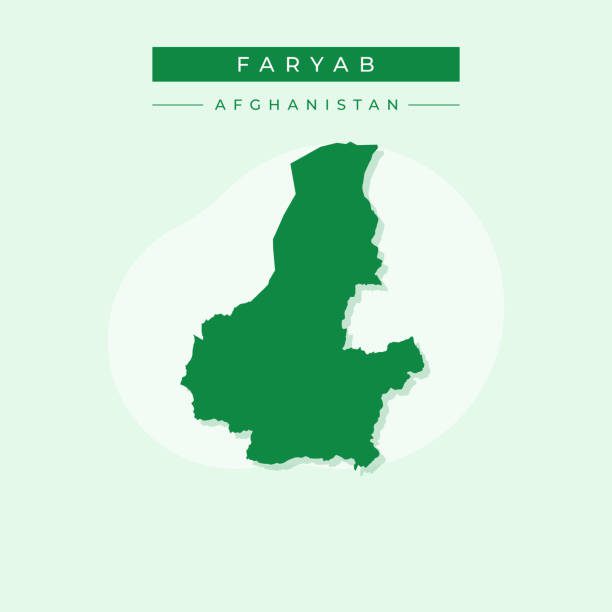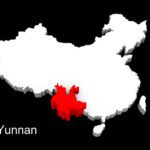The Center for the Scientific Study of Families reports are designed to provide relevant information about the conditional state of families in a specified context. The report provides information such as population, culture, family structure, and family life.
Family reports are an important tool for improving the lives of families. By providing information about the family’s conditional state and context, family reports can help improve communication between families and service providers and lead to better outcomes for families and children.
Introducing Faryab, Afghanistan
Faryab is one of the 34 provinces of Afghanistan, located in the north of the country, bordering Turkmenistan. It has a population of about 1,109,223, which is multi-ethnic and mostly a tribal society. The province encompasses 15 districts and over 1,000 villages. The capital of Faryab province is Maymana.
The province is characterized by a diverse landscape, including fertile river valleys, vast plains, and mountains. Faryab is a relatively prosperous province, with a strong agricultural sector. According to the Ministry of Agriculture, Irrigation, and Livestock, the main crops grown in the province are wheat, barley, cotton, and fruits. The province is also home to a number of mineral deposits, including gold, silver, and copper. Livestock, including sheep and goats, are also raised for their wool and meat.
Faryab has a rich historical and cultural heritage, with significant archaeological sites from ancient civilizations that once thrived in the area. Persian, Turkic, and other Central Asian cultures have all had an impact on the region throughout history.
Cultural and Ethnic Diversity
Faryab province in Afghanistan is known for its diverse cultural and ethnic makeup. Several ethnic groups call this province home, and they contribute to its rich cultural tapestry. The major breakdown of ethnic groups found in Faryab includes:
Uzbeks: Uzbeks are the largest ethnic group in Faryab, making up about 45% of the population. They have their roots in Central Asia and are known for their distinct cultural practices and traditions.
Tajiks: Tajiks, the second largest ethnic group in Faryab (30%), have Persian-speaking roots. They are found throughout Afghanistan and have made significant contributions to the country’s cultural and historical heritage.
Pashtuns: Though not as numerous as in the southern and eastern provinces, Pashtuns also inhabit certain areas of Faryab, making up roughly 12% of the population. They are the largest ethnic group in Afghanistan and are known for their Pashto language and Pashtunwali code of conduct.
Hazaras: Hazaras are a minority ethnic group (6%), They are predominantly found in central Afghanistan, but some communities also reside in Faryab.
Balochis: Balochis, another minority ethnic group in Faryab (roughly 5%), have their roots in the Balochistan region, which spans across parts of Afghanistan, Iran, and Pakistan.
The coexistence of these diverse ethnic groups has contributed to the unique cultural fabric of Faryab province, where people from different backgrounds often interact, trade, and share traditions.
Family Demographics
The average family size among Uzbeks in Faryab is slightly larger than the average family size among Tajiks, Pashtuns, and Turkmens. A study by the Afghanistan Research and Evaluation Unit (AREU) found that the average family size among Uzbeks in Faryab was 6.2 people, compared to 5.8 people among Tajiks, 5.6 people among Pashtuns, and 5.4 people among Hazaras.
While specific marriage and divorce rates were unattainable, weddings are a major social event, and they are often held over several days. The wedding ceremony typically includes a religious ceremony, a feast, and traditional music and dancing. The family arranges many marriages in Faryab. The family unit is highly valued in Afghan culture, and familial bonds play a significant role in daily life and decision-making. Elders hold respect and authority, and their opinions are often sought in important matters.
As of 2011, the overall literacy rate in Faryab was less than 20%. The literacy rate is higher among men than women, as well as higher among urban residents than rural residents. This is due to the lack of access to education in the province. According to a provincial profile, out of 346 schools, only 84 have buildings. Many of the schools are not equipped with furniture or water facilities. However, the trend toward education is increasing throughout the province.
Conclusion
The ongoing conflict in Afghanistan has had a significant impact on Faryab’s family life. Family life in Faryab is rich in diversity and influenced by cultural and ethnic traditions. Despite facing various challenges, families in the province exhibit strong bonds, support systems, and a commitment to education and empowerment. Understanding the dynamics of family life in this region provides insights into the values and strengths that sustain families amidst adversity.





